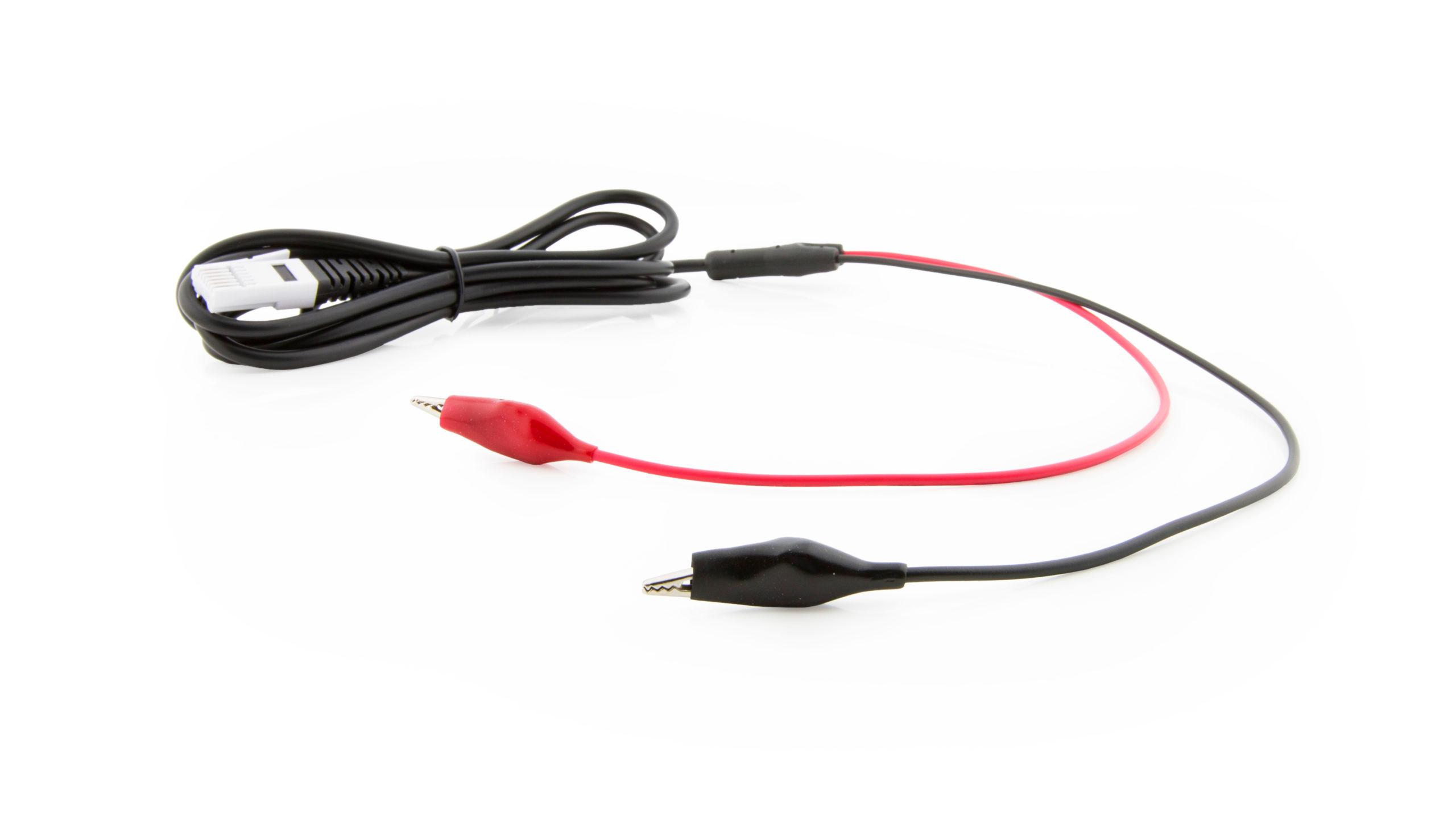Charging Up, Charging Down – Charging a Capacitor
Experiment #17 from Real-World Math with Vernier
- Education Level
- High School
Introduction
A capacitor is an electronic component used to store electrical energy. Many of the devices you use on a daily basis, such as your calculator, rely on capacitors as part of their electronic circuitry. Cameras use capacitors, too. Before using an electronic flash, energy is transferred from the camera battery to a capacitor. That energy quickly dissipates in the flash unit when you press the shutter release. The result is a bright flash!
In this activity, you will collect voltage data from a discharging capacitor using a Voltage Probe. The capacitor will be connected to another circuit element called a resistor, which controls the rate at which the capacitor discharges. You will then compare the exponential model to the data you collect.
Objectives
- Record potential versus time data for a discharging capacitor.
- Model potential data using an exponential function.
Sensors and Equipment
This experiment features the following sensors and equipment. Additional equipment may be required.
Ready to Experiment?
Ask an Expert
Get answers to your questions about how to teach this experiment with our support team.
- Call toll-free: 888-837-6437
- Chat with Us
- Email support@vernier.com
Purchase the Lab Book
This experiment is #17 of Real-World Math with Vernier. The experiment in the book includes student instructions as well as instructor information for set up, helpful hints, and sample graphs and data.


